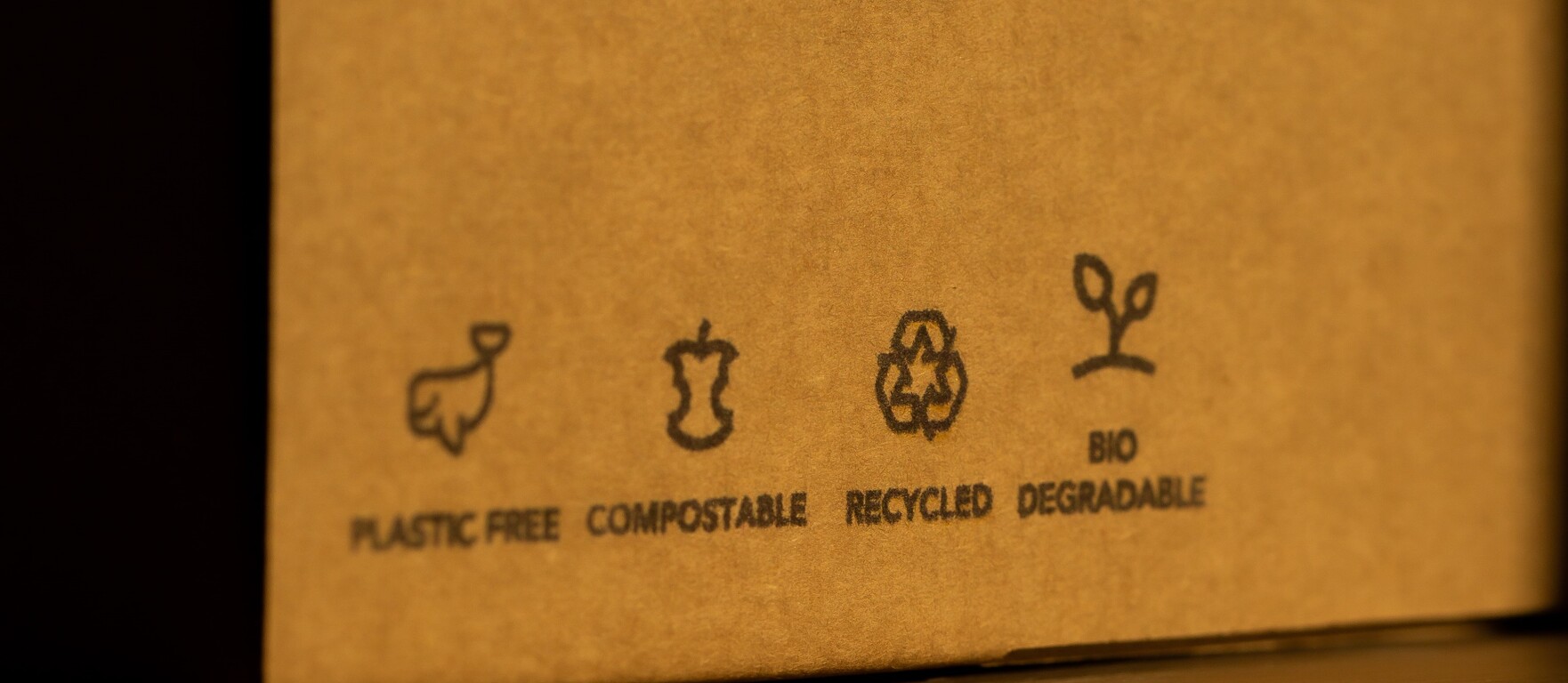
The Commission does not believe the packaging recycling data from most of CEE
26. 06. 2023 – Lomond
Earlier this month, the European Commission published an ‘early warning report' assessing the likelihood that member states will meet the 2025 recycling targets set out in the Waste Framework Directive (Directive 2008/98/EC) and the Directive on packaging and packaging waste (Directive 94/62/EC). The Commission was particularly critical of the Central & Eastern European countries, arguing that only two – the Czech Republic and Slovenia – are on track to meet both targets:

On packaging waste specifically, the recycling target is 65% by 2025, and eight of the 10 countries that are listed as being at risk of missing that target are in the group of CEE member states that joined the EU after 2004: Bulgaria, Croatia, Hungary, Lithuania, Malta, Poland, Romania and Slovakia. At first sight, though, this is confusing because it doesn’t accurately match up with the most recent figures for packaging recycling in each country:

So why is Slovakia on the ‘at risk’ list, when its packaging recycling rate was over 70% in 2020? And why are Bulgaria and Lithuania ‘at risk’ when their rate is better than three Western European member states – Sweden, France and Portugal – who are not deemed to be ‘at risk’ of missing the 2025 target?
Is it because recycling rates change from year to year, and 2020 was an outlier in these six countries? That’s very easy to assess:

So it does help explain why France and Sweden are not considered ‘at risk’ by the European Commission. Those two countries were both consistently above 65% until 2019 (in Sweden’s case) and 2020 (in France’s case). But it doesn’t explain why Slovakia is ‘at risk’ when the packaging recycling rate there has been above 65% in every year except one since 2012. Or Bulgaria, which also exceeded 65% in four years between 2011 and 2019 (the last year for which data is available). And why is Lithuania seen as a greater risk than Portugal, when Lithuania had the better packaging recycling rate in 2020, and has had in the majority of years since 2010?
To explain it, it is necessary to dig into the country reports for each member state.
For Lithuania, the issue is primarily technical. The Commission concluded that “the total recycling rate for packaging waste in 2019 was 61.9%, which is reasonably close to the 2025 target of 65%. However, the upcoming application of the EU’s new calculation rules for packaging waste recycling might result in a lower recycling rate.”
In Slovakia and Bulgaria, though, there is a more fundamental problem: the Commission doesn’t believe the numbers they are being given.
In both countries, the Commission made the point that the data for packaging waste generated was well below the EU average. In Slovakia, it was 60% of the EU average; in Bulgaria, it was just 45%. The Commission concluded in both cases that this “may be an indication that significant quantities of packaging placed on the market, which is considered as generated packaging waste, are not reported.” In general, in both countries, the Commission was critical of the quality of data – particularly on packaging waste and packaging recycling.
This is not just an issue for Slovakia and Bulgaria. The Commission also criticised data quality in eight other countries, five of them in CEE (Croatia, Estonia, Hungary, Poland and Romania). It’s a useful reminder that, particularly in the waste / recycling sector, it pays to read official, government-published statistics with a degree of scepticism. The reality on the ground might be rather different.